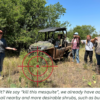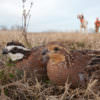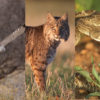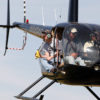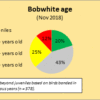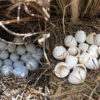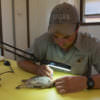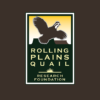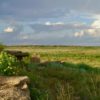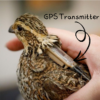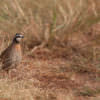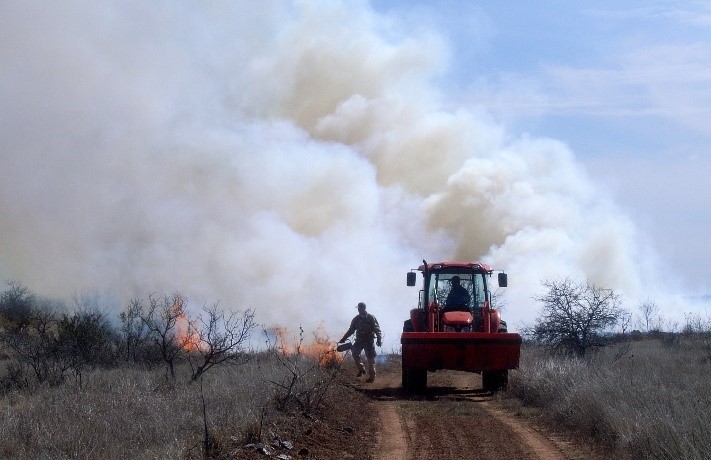
Picture this: a group of hunters’ tent camping on a cold winter night, with a campfire providing warmth. As the brisk breeze picks up, fire embers drift into the air, eventually settling into a dense stand of trees. The once peaceful forest, home to sleeping animals, erupts into chaos as roaring flames and thick smoke awaken the creatures. Deer, rabbits, birds, squirrels, and raccoons scramble for safety, fleeing from the inferno that has consumed their home. As they look back, they see their habitat reduced to ashes. This vivid, dramatic scene is something many of us remember from childhood, especially from the movie “Bambi.”
In 1942, this poignant portrayal of forest fires was part of a broader anti-hunting and anti-fire campaign that reached the big screen. Shortly thereafter, the Forest Service leveraged the emotional impact of such imagery, launching the Smokey Bear Wildfire Prevention campaign. Its slogan, “Remember… Only YOU Can Prevent Forest Fires,” quickly gained traction across the nation. Smokey Bear and the legacy of “Bambi” dramatically shifted the fire culture in the United States, and their influence continues to be felt today.
What Hollywood often omits is the crucial role of prescribed fire in maintaining healthy landscapes, focusing instead on the dangers of uncontrolled fires. Fire is a fundamental element of many ecosystems; plants and animals have evolved to depend on it. In the Rolling Plains, for instance, fires occurred every 4 to 6 years, helping to control woody vegetation, reset plant succession, create wildlife habitats, and recycle nutrients. However, with the rise of anti-fire campaigns, we’ve shifted to extinguishing fires rather than using them strategically. As a result, our grasslands have transitioned to mesquite and cedar forests, leading to a decline in plant diversity. This shift has had significant impacts on wildlife, particularly affecting quail populations.
At the Rolling Plains Quail Research Ranch (RPQRR), we are employing prescribed fire as a crucial management tool. This approach serves not only for quail habitat management but also as a safeguard against fires that might start along US Highway 180 (our northern boundary). Our summer fire season has commenced, and these seasonal burns help to manage woody encroachment, enhance forb diversity, and reduce the presence of introduced grass species—all critical factors for effective quail management. Summer fires are also the most cost-effective method for controlling woody species compared to herbicide applications or mechanical removal.
If you’re interested in using prescribed fire as a management tool, you can contact a local biologist for guidance. Texas Parks and Wildlife and Quail Forever both offer established prescribed fire programs in Texas and can assist with developing and implementing a burn plan. Additionally, Certified and Insured Prescribed Burn Managers (CIBPM) are valuable resources for conducting prescribed burns throughout the state. – by Mitchell Riggs


